Black Locust Tree – 3 Gallon Pot
$89.97 Original price was: $89.97.$62.98Current price is: $62.98.
SKU: D2LSC 9125926886 Category: FRAGRANT PLANTS
- Buy quality, buy with us.
- Your Security is Our Promise
- Sustainable materials, for a better tomorrow.
- SSL encryption, absolutely safe shopping

Black Locust
Robinia pseudoacacia
Other Names: Fragrant White Locust, False Acacia Tree
Plant Details
USDA Plant Hardiness Zones: 4a-9b Find Your Zone
Shrub Type: Deciduous Tree
Height at Maturity: 50-70′
Width at Maturity: 30-50′
Spacing: 50+ feet for space between trees
Growth Habit / Form: Broadly Rounded
Growth Rate: Very Fast!
Flower Color: White
Flower Size: 1″ in dangling dense clusters
Flowering Period: Spring – Early Summer
Flower Type: Single, in dangling dense clusters
Fragrant Flowers: Yes, very fragrant! Smells like orange blossoms
Foliage Color: Bright Green new leaves age to Blue Green | Golden Yellow
Fragrant Foliage: No
Fruit: Yes, nuts that are inedible to humans but other mammals eat them
Sun Needs: Full Sun to Part Shade; 5 hours of sun per day suggested
Water Needs: Average
Soil Type: Clay, Loam, Sandy(amended), Silty
Soil Moisture / Drainage: Moist But Well-Drained
Soil pH: 6.0 – 8.0 (Acid to Alkaline)
Maintenance / Care: Low
Attracts: Mammals, Birds, Wildlife
Resistances: Deer, Disease, Heat, Insect, Black Walnut
Description
Originally native to the southern Appalachians and the Ozarks, the Black Locust can now be found in all lower 48 states. It is a large growing tree boasting both attractive flowers and attractive compound foliage. In full bloom you’d think it was a giant Wisteria tree! In late spring to early summer, abundant wisteria-like racemes of very fragrant, creamy white, pea-like flowers dangle from every stem on the tree. The flowers have a heavenly sweet-pea aroma mingled with the scent of intensified orange blossom, attracting hummingbirds, butterflies and many other beneficial pollinators. We’ve heard the flowers are edible and very tasty, but we always suggest doing your own research before eating them. It has pinnate dark blue-green leaves up to 14 inches long, with each leaf having up to 23 lance to oval shaped leaflets. Its deeply furrowed bark and curvy branches provide winter interest. A fast grower that might reach 50 to 70 feet in height and 30 to 50 feet wide, it can be kept to a single trunk though is a suckering tree excellent for use on difficult sites for naturalization, such as a soil stabilizer on embankments or along sunny woodland borders where soil is poor and not mulch else will grow. Resistant to drought, dry soil, pollution, alt, and almost any type of soil, this is a tree anyone can grow.
Wildlife Benefits
Black Locust is a larval host plant for several butterflies. Clouded Sulphur larvae appear from May to October in the north and from March to November in the south. Zarucco Duskywing has three broods in the deep south from March to October. Silver-Spotted Skipper appears from May to September with three-four broods in the deep south, two broods in the east, and one brood in the north and west. The buds and catkins are eaten by birds. It provides an excellent leaf cover for birds in wetland sites. It provides nesting cavities for woodpeckers and northern flickers. Bees and hummingbirds are attracted to its flowers and rabbits depend on the sprouts and seeds during the winter.
Landscape & Garden Uses
Growing 50 to 70 feet tall and 30 to 50 feet wide, the Black Locust is ideal for use on sites where not many other trees will grow, such as on embankments and along woodland borders where the soil is very poor and dry. If used as a landscape tree, remove suckers as they appear. A fine addition to wildlife habitats.
Suggested Spacing: 60 feet for space between trees
Growing Preferences
The Black Locust is very easy to grow in most any moist but well-drained soil of average to very poor fertility and full sun to light shade. It is very drought tolerant once established. No pruning is required though can be pruned to control size and for shaping purposes. If you don’t want it to spread, remove suckers as they appear.
Plant Long & Prosper!
Meet The Wilson Brothers & Staff
Questions? Contact Us
I am very happy with this tree. It arrived promptly and in really good condition.
Unfortunately I had not considered the last freeze date here at my home, so a hard freeze took a toll on the tree. I’m pretty sure the tree will recover, but next time I’ll time my order better.
Completely my fault – lessons learned.————————————–I sure hope it will recover. Thanks for the awesome review! We are so glad you are pleased and we hope you enjoy it for years to come! 🙂 Beth Steele | WBG
Unfortunately I had not considered the last freeze date here at my home, so a hard freeze took a toll on the tree. I’m pretty sure the tree will recover, but next time I’ll time my order better.
Completely my fault – lessons learned.————————————–I sure hope it will recover. Thanks for the awesome review! We are so glad you are pleased and we hope you enjoy it for years to come! 🙂 Beth Steele | WBG
Be the first to review “Black Locust Tree – 3 Gallon Pot” Cancel reply
Related products
Sale!
FRAGRANT PLANTS
Sale!
FRAGRANT PLANTS
Sale!
Sale!
FRAGRANT PLANTS
Sale!
FRAGRANT PLANTS
Sale!
FRAGRANT PLANTS
Sale!
FRAGRANT PLANTS
Sale!
FRAGRANT PLANTS

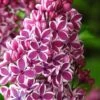
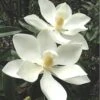


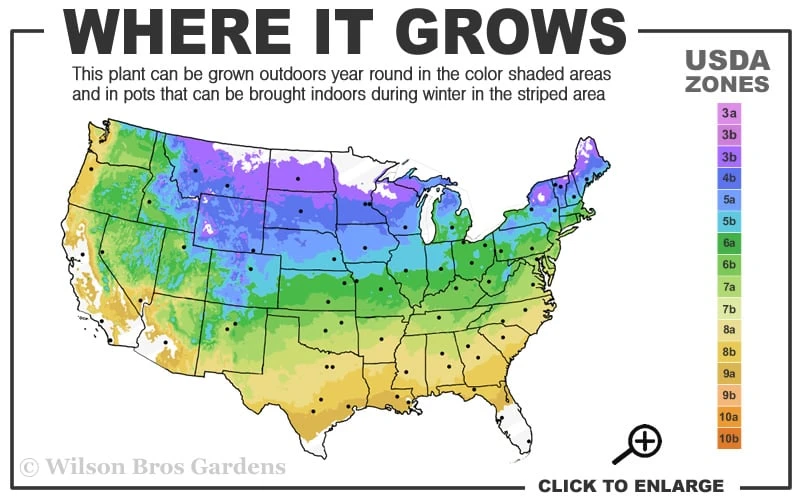


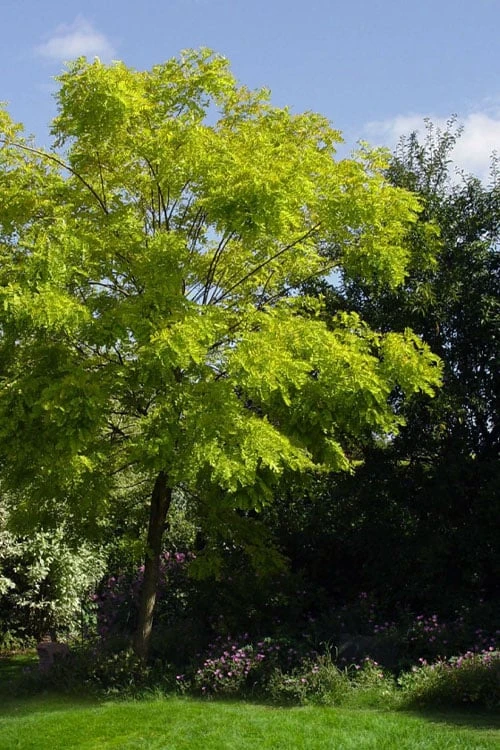
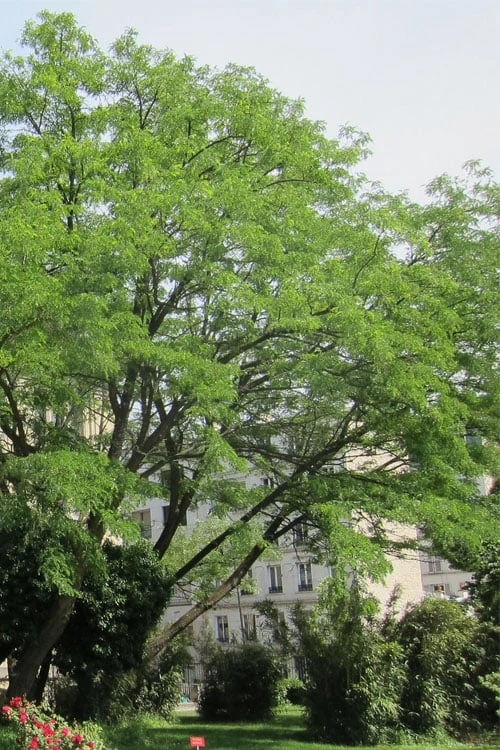
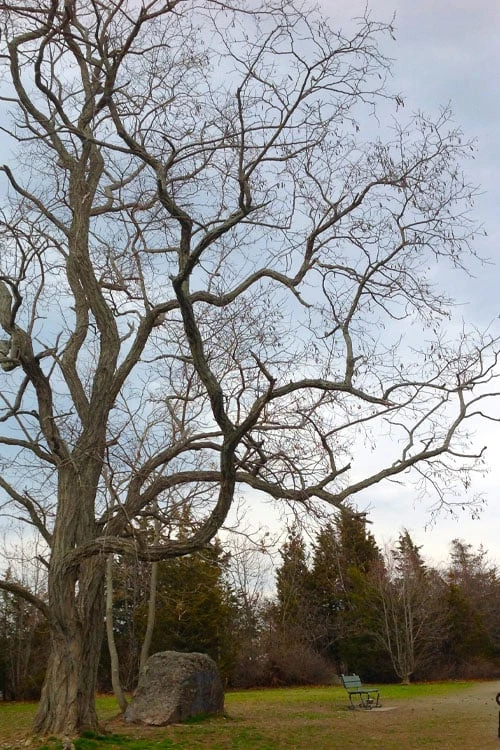

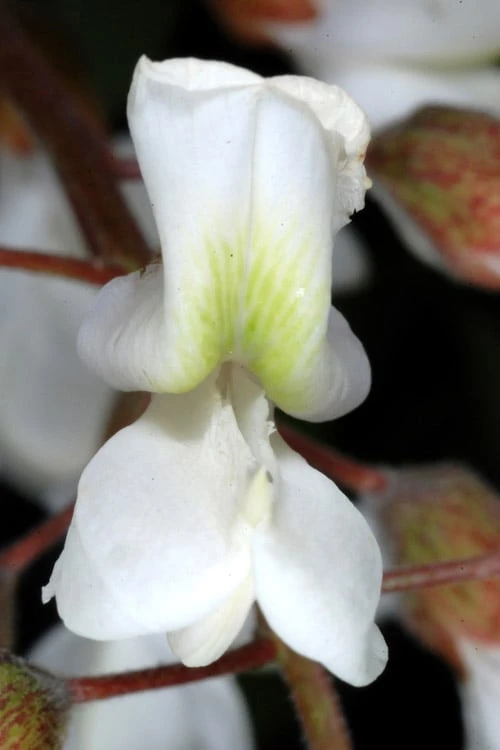

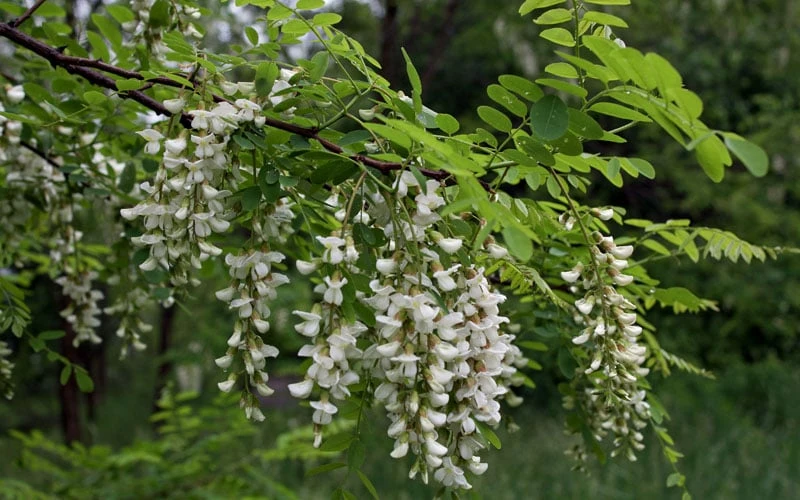
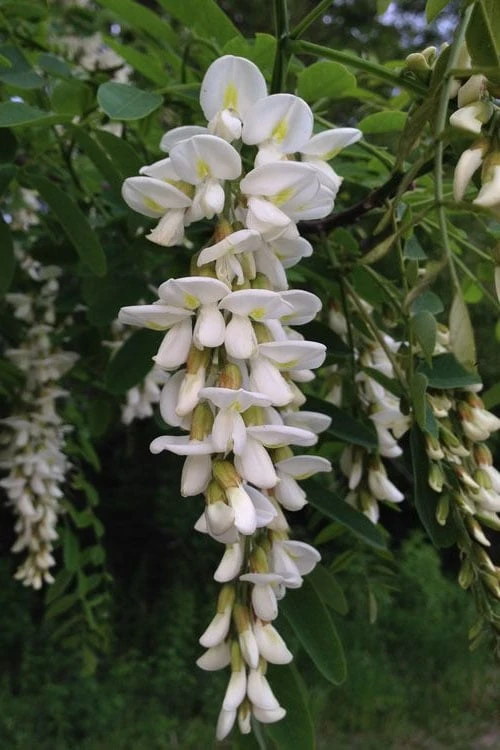
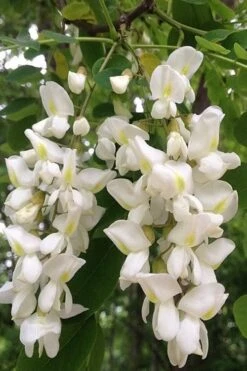


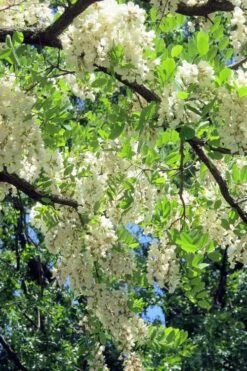

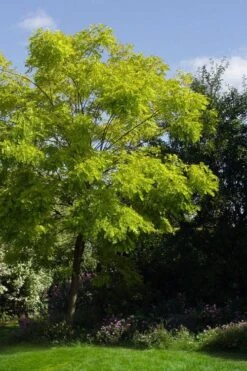
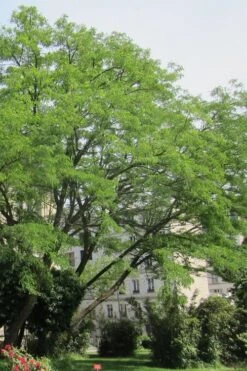
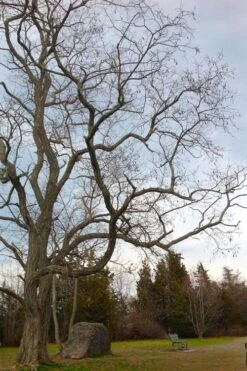

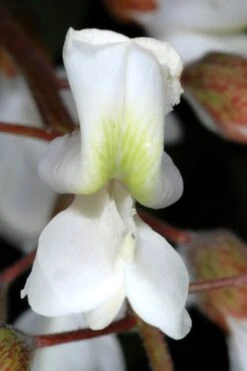
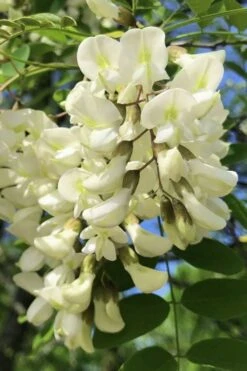





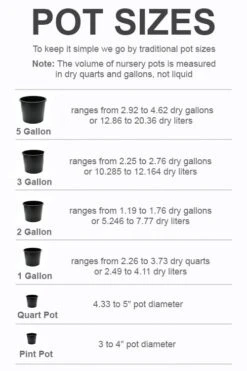

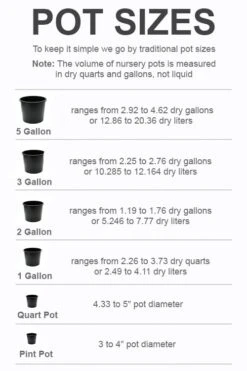

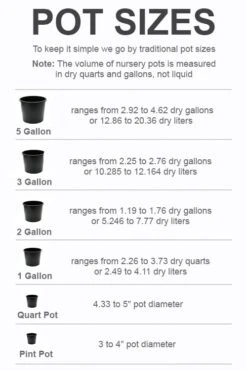
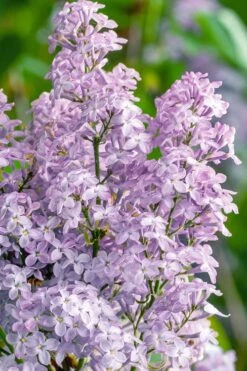




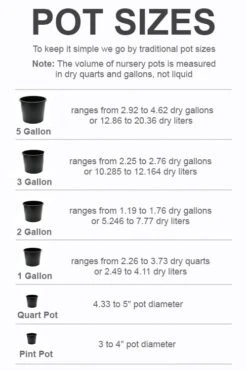
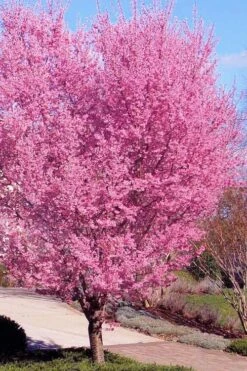
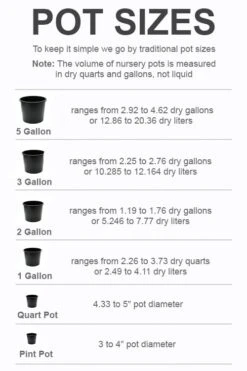
Reviews
There are no reviews yet.